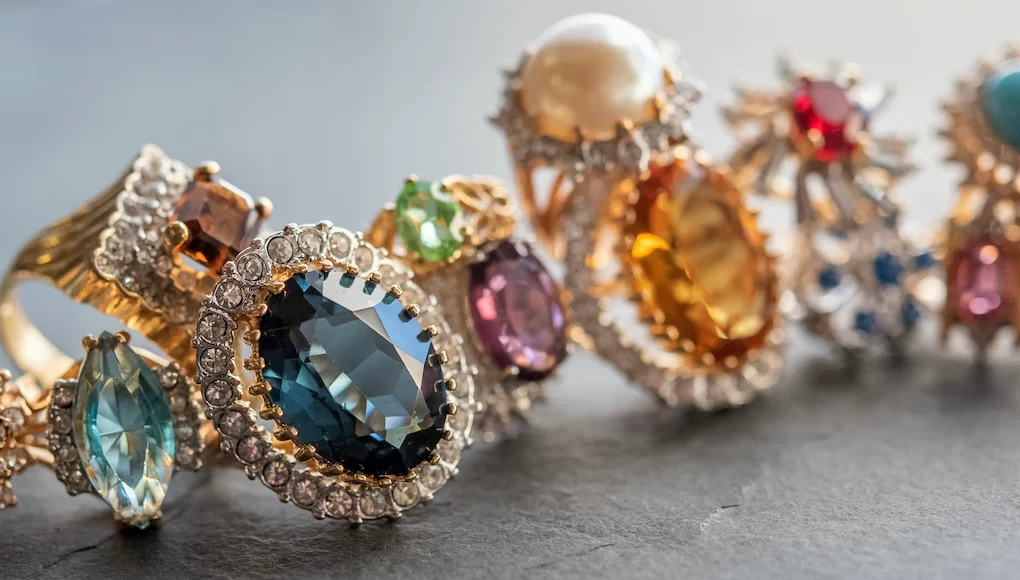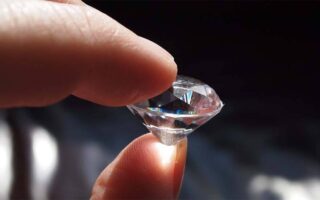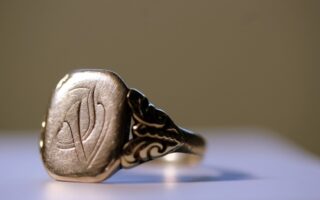The perfect outfit requires just the right bit of jewelry to place it in a class apart from the rest. In today’s world, where many prefer a minimal aesthetic, a luxurious, studded bracelet or pendant is all it takes to complete your weekend or wedding fit.
Let’s take a look at the history of some of the most popular gemstones that inhabit our favorite pieces of jewelry.
Emerald
Table of Contents
The Beryl family refers to gemstones that are built out of beryllium aluminum silicate. A multitude of gemstones from the Beryl family are in our jewelry and ornaments. Often considered the star child of this family is emerald.
According to Leibish, emeralds are formed in the crust of the earth, only to be found in metamorphic rocks like schist and gneiss. The gemstones often take millions of years to form completely.
Emerald has been mined by humans for centuries. It is estimated that the first emerald mines date back to 330 BC when they originated in Egypt. It is also said that none other than the queen regent of the Ptolemaic Kingdom, Cleopatra VII had an affinity for the stone. Many of the ruler’s ornaments are said to be studded with emeralds.
Emerald is adored for its luscious green color. The stone gets its trademark tinge due to small amounts of vanadium of chromium being part of its composition. While the stone possesses high value, it is not the toughest stone out there. This is because too many other materials are present within its composition while it is being formed.
Emerald is said to be part of the takings of the Spanish expedition into the New World, from what is now known as Columbia.
Sapphire
The sapphire commands significance in many cultures around the world. While Hindus were known to employ the stone when they praised their gods and deities, Buddhists relied on it for spiritual enlightenment. It is also often believed by ancient Hebrews that the original Ten Commandments were penned on a sapphire tablet (though this is now being debated).
During the 19th and 20th Century, many made their way to Kashmir to acquire the stone. According to sources, a blue sapphire from Kashmir sold for a whopping $242,000 per carat. Unsurprisingly, this set a world record. Apart from blue, sapphires can also be found in shades of pink, yellow, and purple, among others.
Today, the stones adorn many ultra-luxurious ornaments, and it takes just one look at Leibish’s sapphire bracelets to see why. The rich blue hue, coupled with a fine cut, is unmistakable.
Aesthetics aside, the material is also employed in a host of construction activities: sapphire windows, for example.
Ruby
As traders embarked across the North Silk Road in China during 200 BC, many of them had rubies with them. Many cultures, including that of the Chinese, believed that rubies granted their wearers protection. As a result, the blood-tinted gemstone could be spotted on the armor of soldiers.
The stone has also offered utilitarian value. During the inception of the first functional laser in 1960, the stone was employed in its construction. To this day it is employed in the manufacturing of lasers, medical instruments, and watches too.
The first ruby mines were located in Burma, a rich source of ruby well into 600 AD. Upon the depletion of the resource in the area, Myanmar’s Mong Hsu region has taken over mining responsibilities for the stone since the 1990s. These rubies lacked the bright red shine of their Burmese counterparts. Due to being treated with heat, however, these stones have a higher level of transparency.
Despite multiple ruby mines popping up across the globe, the Republic of North Macedonia is, to date, the only source of naturally forming rubies.
Amethyst
Many gemstones held cultural significance in empires that spanned across our history. If the Ancient Romans and Greeks are to be believed, the stone could ward off the charms of Bacchus, god of fertility, agriculture, and wine. Leonardo Da Vinci is said to have echoed a version of this belief. According to Da Vinci, the stone helped improve intelligence and keep negative thoughts at bay.
In later years, the Christian Church developed a fondness for the gemstone. The royals or clergy of the time were often the only ones spotted adorning the luxurious stone.
A member of the quartz family, Amethyst possesses an unmistakable purple hue. Most iterations of the stone are found in different shades of purple. Some, however, come with ‘secondary hues’ of blue and red.
Conclusion
Due to their rarity and eye-catching hues, gemstones have long been a staple in the ornaments we wear today. While the stones were previously mined to be traded between empires, today, we have the luxury of being spoiled by choice. All of the aforementioned stones (and more) come in a variety of compositions and subsequent price points.



